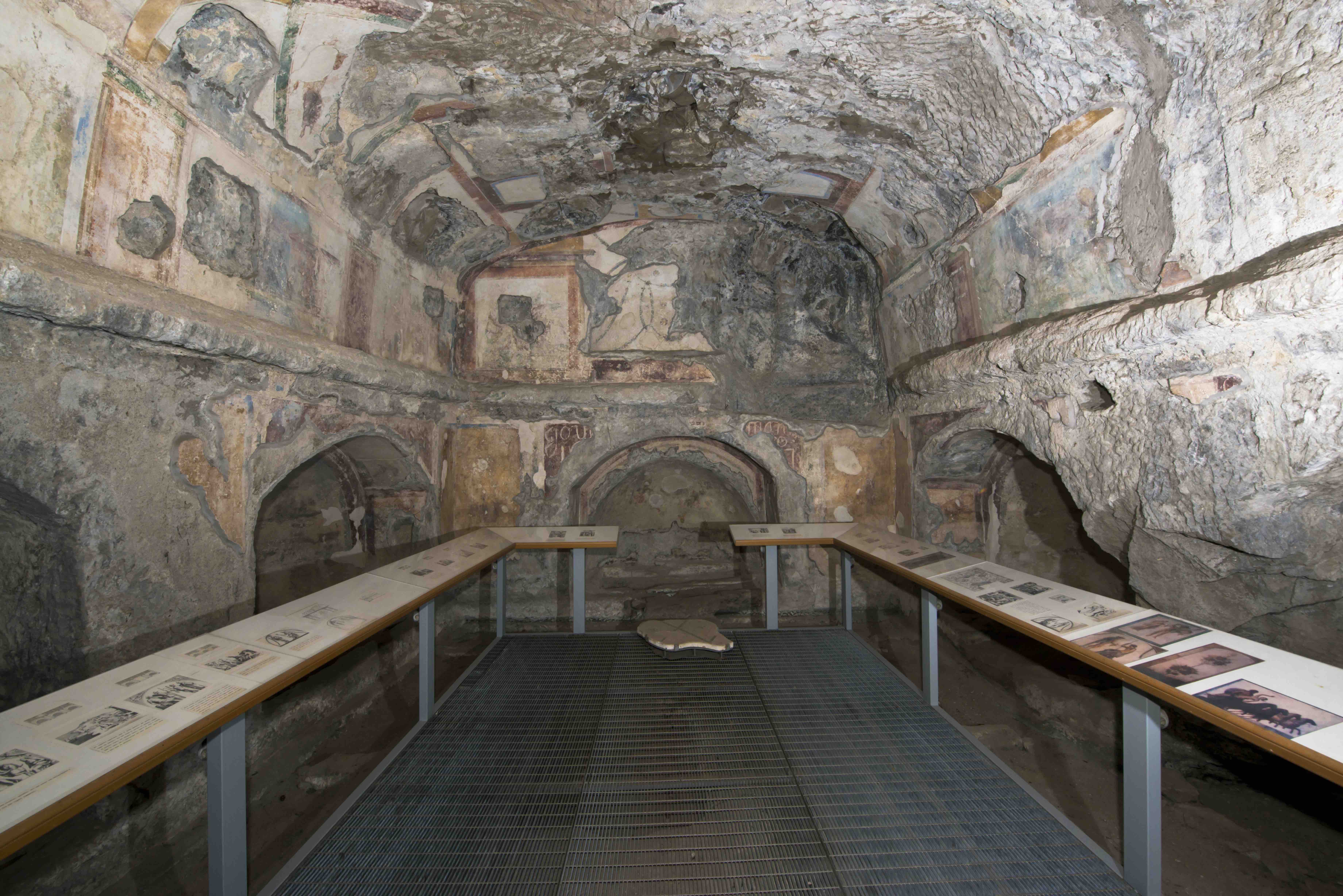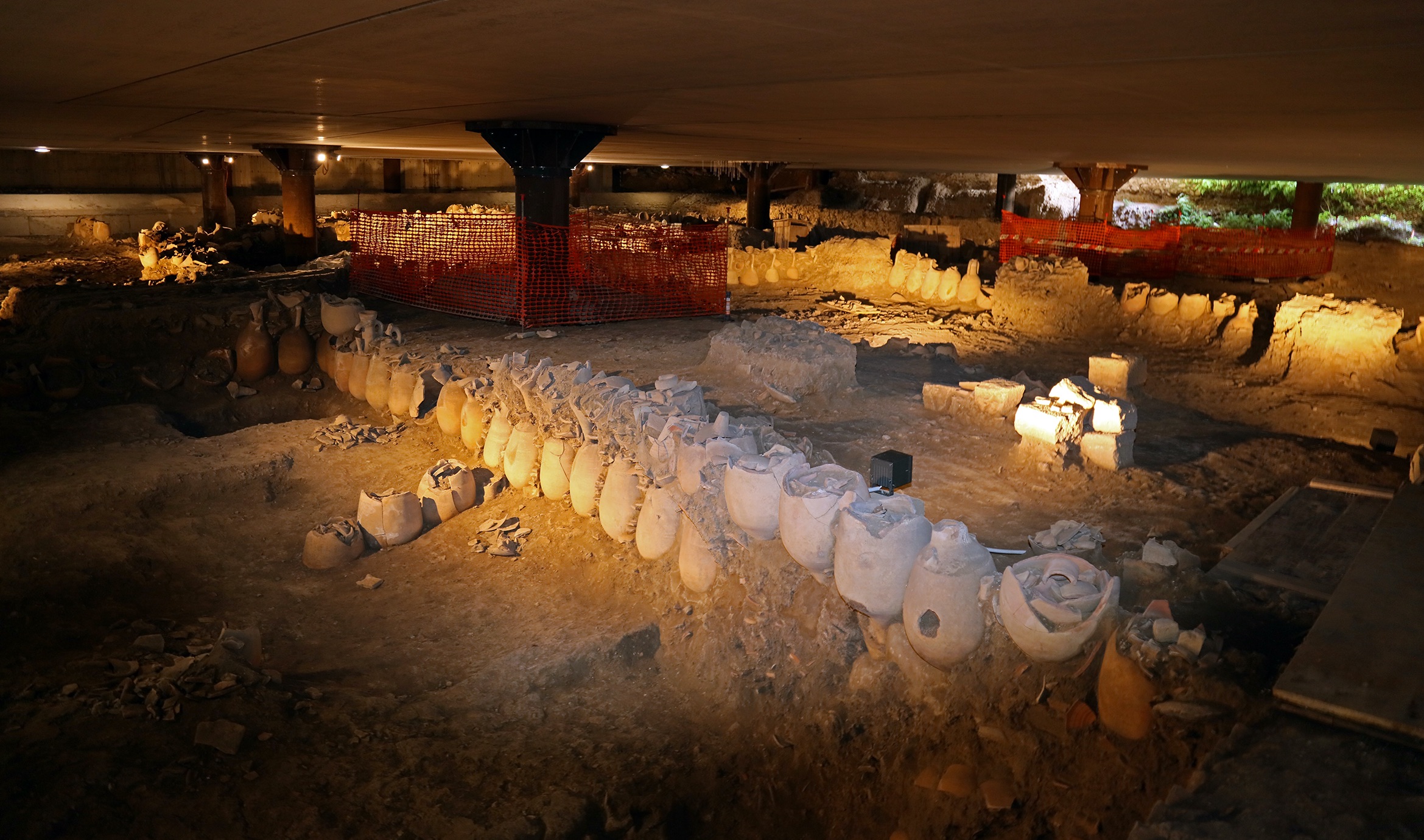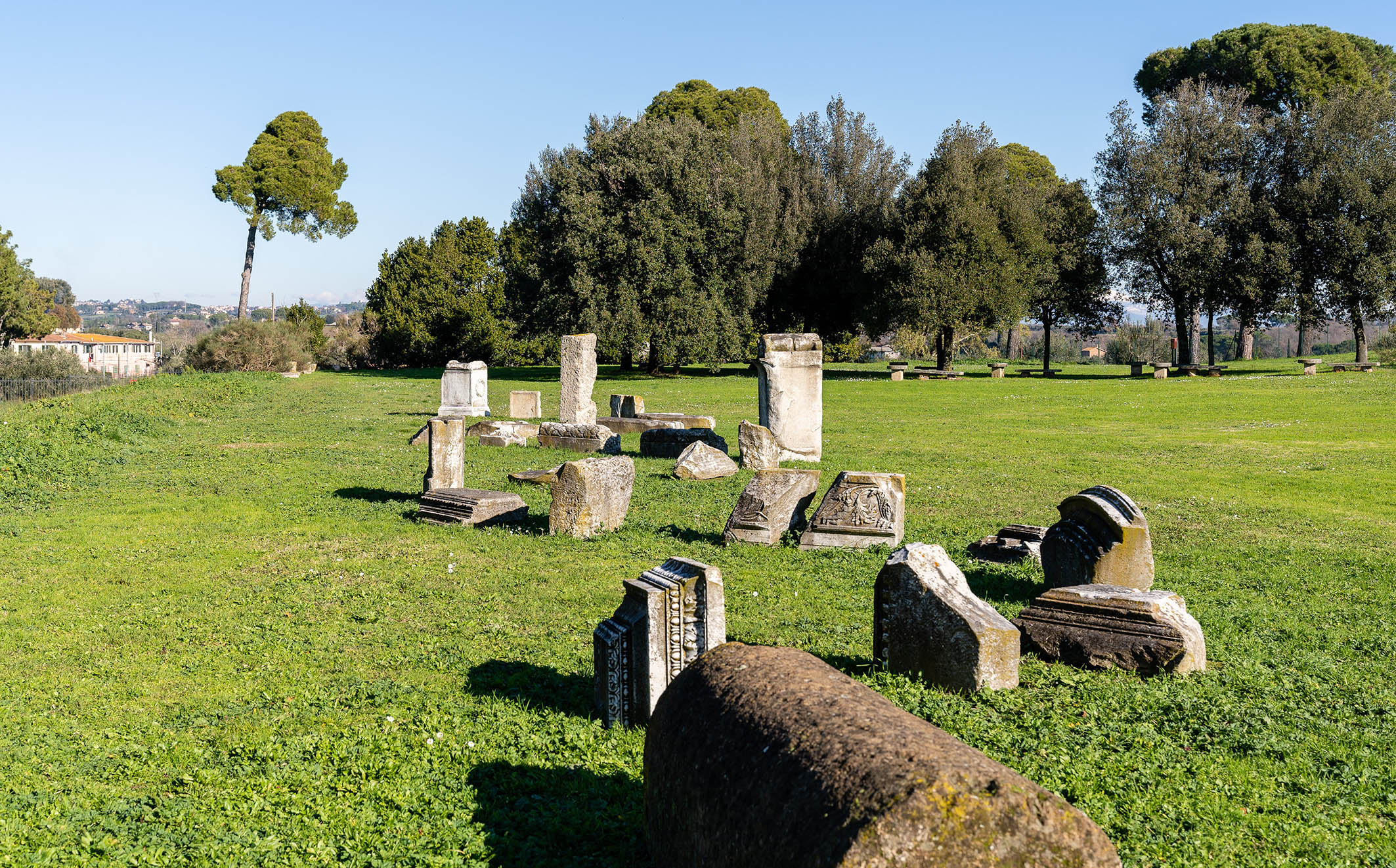These are two of the monuments included in a cycle of itineraries that the Special Superintendence of Rome will organize for the public, the protagonist of guided tours and extraordinary openings throughout the month of September.
From the Tombs of Fadilla and Nasoni to the archaeological area of Gabii and Grottarossa, which becomes accessible again after four years, the agenda of guided tours is rich and includes a kaleidoscope of experiences in different quadrants of the city.
“The Superintendency – explains Daniela Porro, Special Superintendent of Rome – once again proves to be able to offer an exceptional cultural offer to visitors, offering openings and guided tours in contexts and times that are usually not accessible”.

Mausoleums of Saxa Rubra | Courtesy Special Superintendence of Rome
It starts on 3 and 4 September (from 9.30 to 13.30) with guided walks to the Temple of Minerva Medica. This monumental hall of the fourth century AD, which still characterizes the urban landscape of the Esquiline today, and probably once used for parties and banquets in a luxurious suburban residence, from the seventeenth century was imaginatively considered a temple dedicated to the third divinity of the Capitoline triad.
They will follow, the September 10, two appointments at the Tomb of Fadilla and that of the Pisoni. The visit will be dedicated to the imposing remains of the ancient city of Gabii, such as the Temple of Juno Gabina, in the eastern quadrant of Rome, just outside the ring road.Sept. 11 (from 9.30 to 13.30).
Instead, we will have to wait for the September 17 to see reopened and to be able to visit (from 10 to 14), in the northern quadrant of the capital, the funerary area of the Saxa Rubra, located at the sixth mile of the ancient Via Flaminia, near the current Via di Grottarossa. This fascinating site offers a large concentration of monumental funerary buildings, built in that position probably due to the proximity of the inhabited area of Rubræ and the grandiose residential villas located on the plateau of the same name.

New Market of Testaccio | Courtesy Special Superintendence of Rome
On the occasion of the centenary of its creation, the historian Testaccio neighborhood will welcome on 18 September (from 9 to 13 and from 14 to 18) guided tours in the streets and main places of the widespread museum. An itinerary that from Porticus Aemilia will wind up to the Emporium and the archaeological site that occupies the area below the Testaccio Market, with the storage structures of the amphorae that came from the nearby river port.
The September 28 (from 9 to 13.30), at the end of the cycle of guided meetings, the Special Superintendence of Rome will make an appointment on the Via Flaminia, to appreciate some testimonies of the Roman era such as the majestic Villa di Livia and the Arch of Malborghetto. In this area a portion of the pediment of one of the tombs of the Saxa Rubra funerary area was recovered and reconstructed, made of shaped bricks and crowned by a refined marble frame that can be appreciated in the Antiquarium of the site.
Bookings for guided tours, free and available while seats last, are mandatory and can be made on the website of the Special Superintendence of Rome.

Arch of Malborghetto | Courtesy Special Superintendence of Rome
![]() Read also:
Read also:
• Hunting for archeology on the Via Flaminia. Saxa Rubra’s mausoleums reopen to the public

